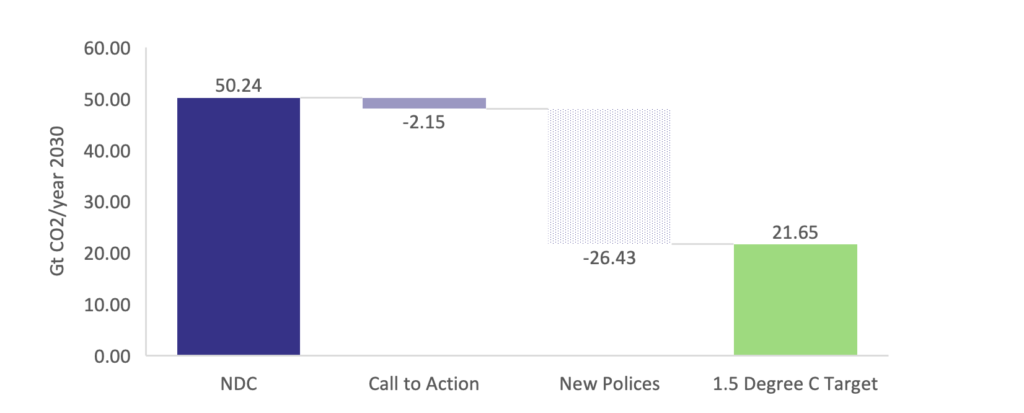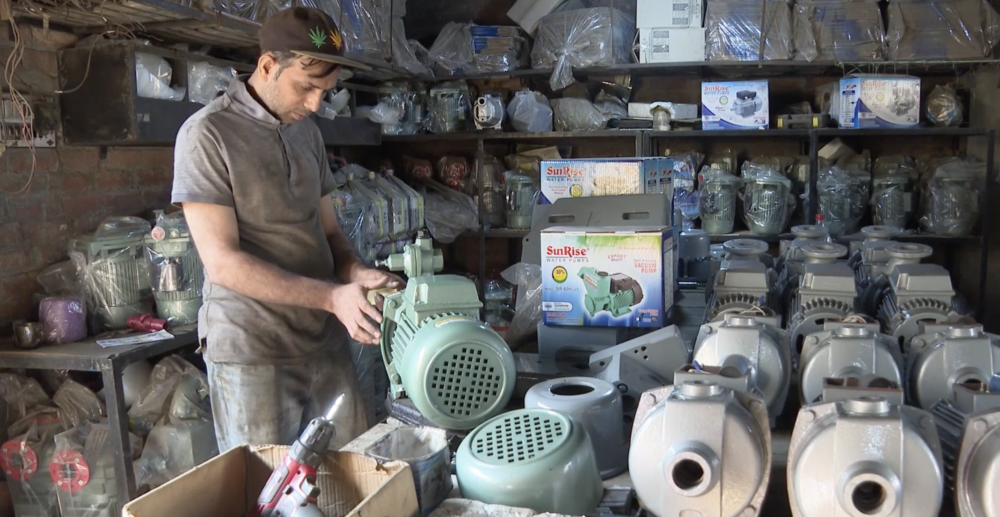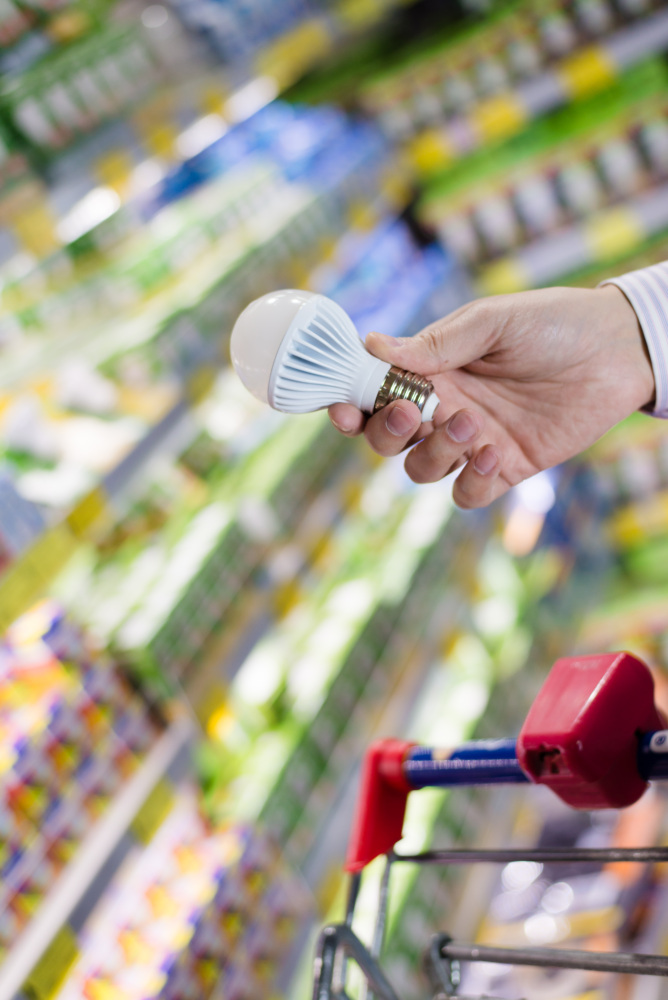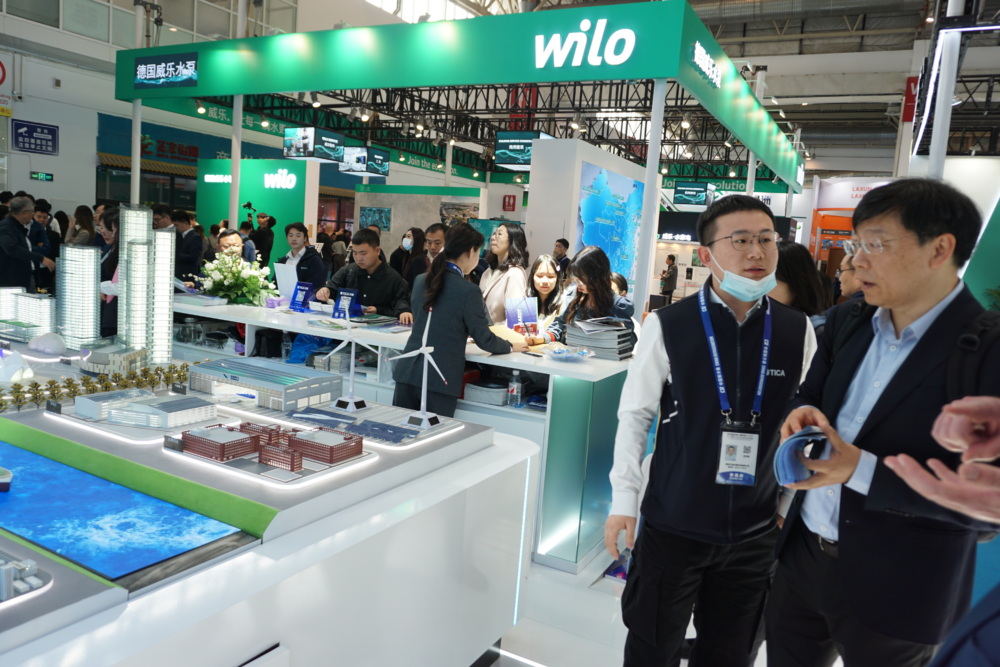Easier, Faster, Cheaper: Closing the Emissions Gap with Appliance Energy Efficiency
To get the world back on track to avoid the dangerous consequences of 1.5 degree warming, Kofi Agyarko of Ghana & Peter Bennich of Sweden advocate for the inclusion of appliance efficiency in governments' NDCs.
Co-authored by Kofi A. Agyarko, Director, Renewable Energy, Energy Efficiency, & Climate Change, Ghana Energy Commission & Peter Bennich, Senior Policy Advisory, Energy Efficiency, Swedish Energy Agency in support of the Product Efficiency Call to Action
When it comes to climate change, there is no time to waste. Warming has increased 1.2 degrees Celsius (C) over pre-industrial levels, dangerously close to the 1.5C goal the Paris Agreement strives to meet.
To prevent the most dangerous effects of climate change, global emissions in 2030 need to be at least 45% lower than they were in 2010, and net zero emissions must be achieved by 2050.
Unfortunately, current climate commitments are projected to increase emissions by 16% by 2030.
We are not on track. The time for course correction is now.
Nearly every country needs to enhance their 2030 nationally determined contribution (NDC) to reduce emissions consistent with a 1.5C target. To get there, we must explore all opportunities.
Appliance energy efficiency is without a doubt one of these opportunities. Buildings generate 40% of energy-related CO₂ emissions. Improving the efficiency of the appliances within them will be critical for reducing our climate impacts. In recognition of this opportunity, 61 countries explicitly mention appliances or appliance efficiency as an existing or future mitigation strategy in their NDCs. However, as countries come together in Glasgow to take further strides to tackle climate change, additional increases in product efficiency offer a win-win for NDC enhancement.
Standards and labeling (S&L) programs have a proven track record. Expanded S&L efforts help lower building sector emissions faster and more cost-effectively than other climate policies.
New analysis from the IEA shows best-practice standards and labeling policies lower national energy demand by 15% and CO₂ emissions by as much as 10%, with benefits exceeding costs at a 4:1 ratio. Analysis from CLASP supports these claims. The administrative costs required to mitigate large quantities of CO₂ emissions can be achieved for less than USD 1 per ton of CO₂e.
That is why our governments, Sweden (being a member of the European Union) and Ghana, put in place standards and labels for major energy-using products. By doing so, we have helped consumers in our countries save money on their energy bills, reduced pressure on our energy systems, and cut CO₂ emissions.
The lion’s share of the potential emissions reductions from appliances can be achieved by targeting just four products: air conditioners (ACs), lighting, motors, and refrigerators.
Doubling their efficiency now would close the current global emissions gap by more than 8% (2.15 Gt CO₂) in 2030 (Figure 1). If we were to consider the Paris Agreement’s 2C threshold, this opportunity would equal a full 12% of the emissions gap.

Figure 1: Potential for Appliance Energy Efficiency to Help Close Global Emissions Gap (Source: CLASP); Note: Estimate does not take into account appliance S&L policies under current NDCs
Closing the emissions gap by 8% is equivalent to eliminating the pollution from more than 540 coal-fired power plants.
Recognizing this opportunity, the Super-Efficient Equipment and Appliances Deployment (SEAD) initiative, UK Department of Business, Energy and Industrial Strategy, IEA, and CLASP have launched the Product Efficiency Call to Action (Call to Action), which aims to double the efficiency of ACs, lighting, motors and refrigerators, and the retirement of less efficient equipment from the global markets.
SEAD’s 44 members represent 77% of the potential emissions reductions possible through the Call to Action. Unanimous support from these countries would lower global emissions by more than 1.6 Gt CO₂ in 2030, equivalent to the emissions of Indonesia in 2018.
However, if we want to limit warming to 1.5C, we cannot leave anyone behind. This means ensuring all countries have the support they need to lower emissions. By partnering with SEAD, countries have access to up-to-the-minute technical and policy solutions, data, and other advice, as well as a forum for sharing their experiences with other countries.
As Special Presidential Envoy John Kerry has said, “COP26 is our last best chance.” Sweden and Ghana welcome more countries to join us in working on product efficiency and in so doing, not only help tackle climate change but realize more benefits for consumers, energy access, and the stability of our energy systems.
Signing the Call to Action is a great place to start.
Contact the SEAD Initiative to learn more.









